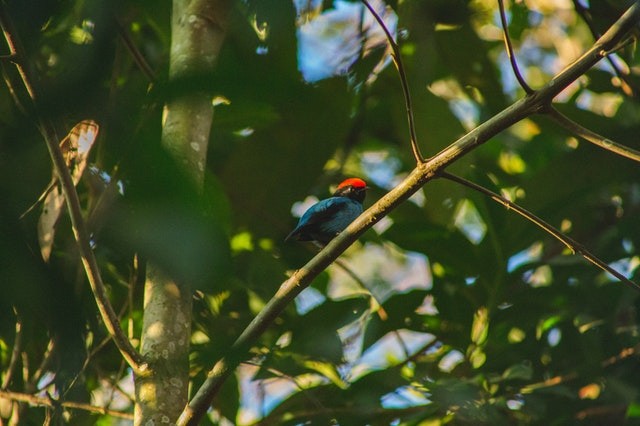Researchers have classified over 80,000 plant species from around the world and discovered that the vast majority of them would "lose" in the face of mankind, meaning they will become extinct because people no longer require them.

According to a report published in the journal Plants, People, Planet, this suggests that future plant communities will be far more homogeneous than current ones.
The findings, which present a grim picture of the damage to biodiversity, encompass fewer than 30% of all known plant species and serve as a "wake-up call," according to the researchers, who emphasize the need for greater study in this area.
Categorizing Plant Species
John Kress, botany curator emeritus at the Smithsonian's National Museum of Natural History and lead author of the research, stated: "They're beginning to quantify what's going to make it through the bottleneck of the Anthropocene in terms of numbers."
It's not in the future; it's already here. Right now, the bottleneck is beginning to form. And he believes that's part of the wake-up call we're attempting to send out here. We might be able to slow things down a little, but it's already occurring.
The Smithsonian Institution set out to categorize which plant species have been most impacted by humans since the beginning of the Anthropocene - the geological epoch marked by profound human impact on Earth. Humans are responsible for global warming, deforestation, and other adverse effects of industrialization.
Looking at More Than 80,000 Species
Researchers looked at data on 86,592 vascular plant species, gathering information from international databases about their various uses, such as crops that are economically important to humans, invasive weed plant species, endangered species that need to be protected, and rare species that are involved in illegal trade, for example.
They established a categorization of how plants are faring and would fair in the future based on this information, identifying eight separate categories and finding that human activities on Earth will push many more species of plants to extinction rather than help them.
Results

According to Kress, 6,749 plants are winners. They are beneficial to humans, including corn, rice, wheat, and other crops, which cover 40% of the planet's surface, and plants that have gone extinct in the wild but are surviving in cities, such as the ginkgo tree, which is planted on every block of New York City.
Then 164 plants are winners but aren't valuable to humans, most of which are invasive, weedy species like kudzu, commonly known as "the vine that ate the south."
About 20,290 plant species are classified as losers, primarily because they are not beneficial to people and are already listed as endangered species - such as the Haitian magnolia tree, which was chopped down for firewood and now grows nowhere else.
Smaller plant lineages, such as cycads, the cypress family, which includes redwoods and junipers, and the araucariales, an old conifer family, are most likely to become extinct.
Twenty-six thousand two species were identified as prospective losers, while 18,664 species were identified as potential winners by the experts. Plants that are now regarded neutral and 571 plant species that have already gone extinct are the remaining two groups.
Biodiversity
The findings show that there will be far less biodiversity in the future, which will lead to a loss of animal variety and render ecosystems even more vulnerable to extreme weather, climate change, and human-caused degradation.
According to Barnabas Daru, an associate professor of biology at Texas A&M University who was not involved in the study, the authors employed a dataset of 86,592, covering nearly 25% of the world's vascular plants.
This means they're missing a significant piece of the jigsaw, particularly the large knowledge gaps in some of the world's most floristically varied yet understudied places, such as South America, Africa, and Southeast Asia.
Other datasets, Daru points out, might help round out the picture and, potentially, reveal a different pattern for winners and losers.
What Can We Do?
According to Richard Corlett, a professor at the Xishuangbanna Tropical Botanical Garden who was not involved in the study, any plant may be rescued from extinction with enough effort - for example, in live collections, seed banks, or cryogenic tissue preservation.
That's why, according to Corlett, there should be a stronger demand for zero plant extinction, and studies like these should raise awareness and prompt action.
Related Article : One of the World Largest Mass Extinctions May Have Been Triggered by Volcanic Winter
For similar news, don't forget to follow Nature World News!
© 2025 NatureWorldNews.com All rights reserved. Do not reproduce without permission.





